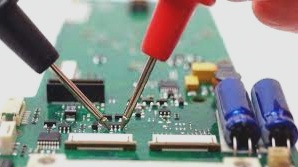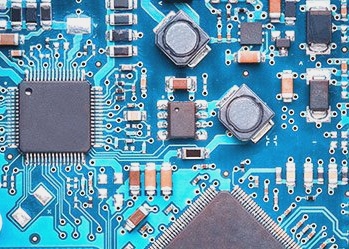Circuit Board Soldering Techniques and Processes
Introduction to Circuit Board Soldering
Circuit board soldering is the essential process of joining metal or thermoplastic materials through heat, pressure, and other methods. It plays a vital role in PCB production, allowing components to be attached to the board for a fully functional circuit.

Common Soldering Processes for Circuit Boards
-
Arc Soldering
Arc soldering uses the heat from an arc to melt the workpiece for connection. It includes melting electrode arc and non-melting electrode arc methods.
-
Plasma Soldering
Plasma soldering melts the base metal with a concentrated plasma arc, offering high welding speed and excellent weld quality.
-
High-Frequency Soldering
High-frequency soldering utilizes currents to instantly heat and melt metal surfaces, ideal for various welding applications.
-
Gas Soldering
Gas soldering uses gas flames to melt workpieces for connection, with methods like oxygen-acetylene and oxygen-hydrogen soldering.
-
Argon Arc Soldering
Argon arc soldering produces strong ultraviolet radiation during welding and includes non-consumable and consumable types.
-
Resistance Soldering
Resistance soldering uses electrode pressure and resistance heat for joint creation, often automated for efficiency.
Soldering Process Flow for Circuit Boards
Preparation
-
Soldering Materials
Common solder materials include Sn60, Sn63, or HL-SnPb39 tin-lead solder. Fluxes like rosin or water-soluble flux are used, and cleaning agents should be selected based on process requirements.
-
Soldering Tools and Equipment
Proper selection of soldering iron power and type is crucial for quality. Wave soldering and reflow soldering machines are ideal for mass production.
-
Key Operating Points for Circuit Board Soldering
Manual Soldering
- Check insulation materials before soldering to prevent damage.
- Maintain soldering temperature around 260°C for quality joints.
- Control soldering time within 3-5 seconds based on board complexity.
- Prevent overheating of adjacent components and ensure fixed parts until cooled.
Wave Soldering
- Apply flux for complete solder coverage and control solder temperature.
- Preheat the board and adjust wave crest angle to avoid solder joint issues.
- Cool the board after soldering and trim component leads.
Reflow Soldering
- Ensure clean surfaces for soldering to avoid defects in the final product.
Key Tips for Successful Circuit Board Soldering
- Proper solder application: Ensuring proper solder application can reduce defects and enhance reliability.
- Utilize local heating sources: Local heating sources offer the flexibility to employ various soldering methods on a single substrate.
- Choose high-quality solder paste: Select solder paste with the correct composition and free from impurities for optimal results.
Board Cleaning Process
After completing the soldering process, it is crucial to thoroughly clean the circuit board to eliminate flux residues, oils, and dust. Adhere to specific cleaning procedures as necessary to maintain the board’s integrity.
The significance of circuit board soldering cannot be overstated in achieving optimal performance and reliability. As the electronics industry continues to prioritize miniaturization and high performance, soldering technologies will undergo constant evolution and innovation.



